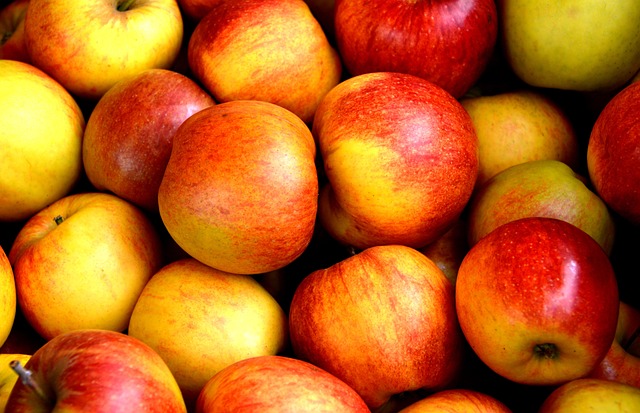Eco-friendly yard care prioritizes sustainable practices to minimize environmental impact while maintaining a healthy outdoor space. Key components include efficient watering techniques, organic fertilizers, integrated pest management, and Yard Waste Removal and Recycling. Homeowners can compost organic materials like leaves and grass clippings, diverting them from landfills and enriching soil. Many communities offer services for collecting compostable waste and recycling materials like wood chips and paper. By adopting these practices, homeowners can reduce their environmental footprint, promote a circular economy, and foster vibrant, resilient outdoor spaces.
Many homeowners are increasingly looking for ways to make their yard care more eco-friendly. This trend, driven by a growing awareness of environmental sustainability, involves adopting practices that minimize ecological impact. In this article, we explore key aspects of eco-friendly yard care, focusing on the vital role of yard waste removal and recycling. We’ll provide practical tips for homeowners eager to embrace sustainable practices and contribute to a greener environment.
- Understanding Eco-Friendly Yard Care Practices
- The Role of Yard Waste Removal and Recycling
- Tips for Homeowners to Adopt Sustainable Practices
Understanding Eco-Friendly Yard Care Practices

Homeowners interested in eco-friendly yard care should understand that it involves a set of practices aimed at minimizing environmental impact while maintaining a healthy, vibrant outdoor space. This includes sustainable lawn care methods such as proper watering techniques to reduce waste, using organic fertilizers to avoid harmful chemicals, and implementing integrated pest management strategies that rely less on synthetic pesticides.
One key component of eco-friendly yard care is Yard Waste Removal and Recycling. Homeowners can contribute by composting organic materials like leaves, grass clippings, and food scraps, reducing the amount sent to landfills. Additionally, proper disposal and recycling of yard waste not only divert materials from landfills but also enriches soil with essential nutrients, promoting healthier plant growth.
The Role of Yard Waste Removal and Recycling

Homeowners looking to embrace eco-friendly yard care practices often start with considering the impact of their outdoor maintenance choices on the environment. A significant aspect of this journey is understanding and implementing effective yard waste removal and recycling strategies. By doing so, homeowners not only reduce their contribution to local landfills but also play a crucial role in diverting organic materials back into the ecosystem.
Proper yard waste removal involves separating different types of waste, such as leaves, grass clippings, and garden trimmings. These can be composted at home or collected by municipal services for recycling. Composting not only minimizes yard waste but also creates a nutrient-rich soil amendment that benefits lawn and garden health. Additionally, many communities offer recycling programs specifically for yard waste, ensuring that materials like wood chips, shredded paper, and certain types of plastic are given new life, further reducing the demand for virgin resources.
Tips for Homeowners to Adopt Sustainable Practices

Homeowners looking to embrace eco-friendly yard care practices can significantly reduce their environmental impact by adopting several sustainable strategies. One effective tip is to implement a comprehensive Yard Waste Removal and Recycling program. Start by separating organic waste, such as grass clippings and leaves, from other types of trash. Organic material can be composted, reducing the need for synthetic fertilizers and creating nutrient-rich soil that promotes healthier plants. Additionally, recycling yard waste through chipping or shredding turns it into valuable mulch, which helps retain moisture in the soil, suppress weeds, and improve overall garden health.
Another crucial practice is to choose native plant species for landscaping. Native plants are adapted to local conditions, requiring less water, fertilizer, and pesticides than non-native varieties. They also provide essential habitats for local wildlife, including birds, butterflies, and beneficial insects. Homeowners can further enhance sustainability by prioritizing water conservation methods, such as installing drip irrigation systems or rain barrels, which capture and reuse rainwater for watering lawns and gardens. These practices not only benefit the environment but also contribute to a more vibrant, resilient, and aesthetically pleasing outdoor space.
Adopting eco-friendly yard care practices, such as efficient watering, native plant selection, and responsible Yard Waste Removal and Recycling, not only benefits the environment but also enhances your home’s aesthetics. By understanding the impact of our outdoor habits and making small changes, homeowners can contribute to a greener planet while enjoying a beautiful and sustainable yard.














